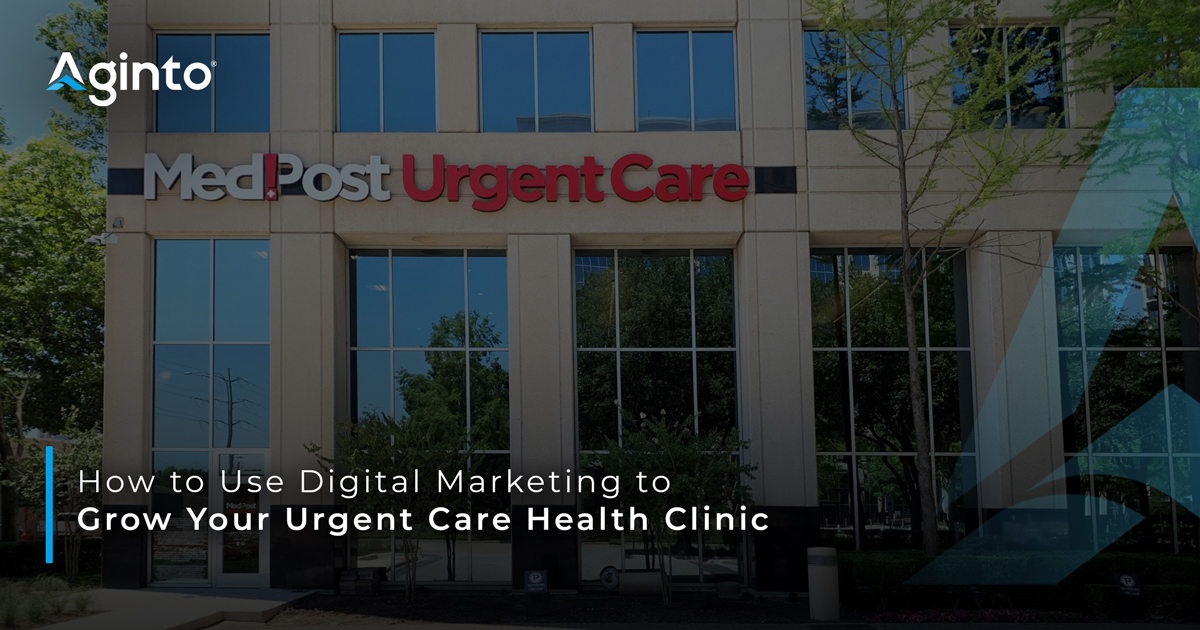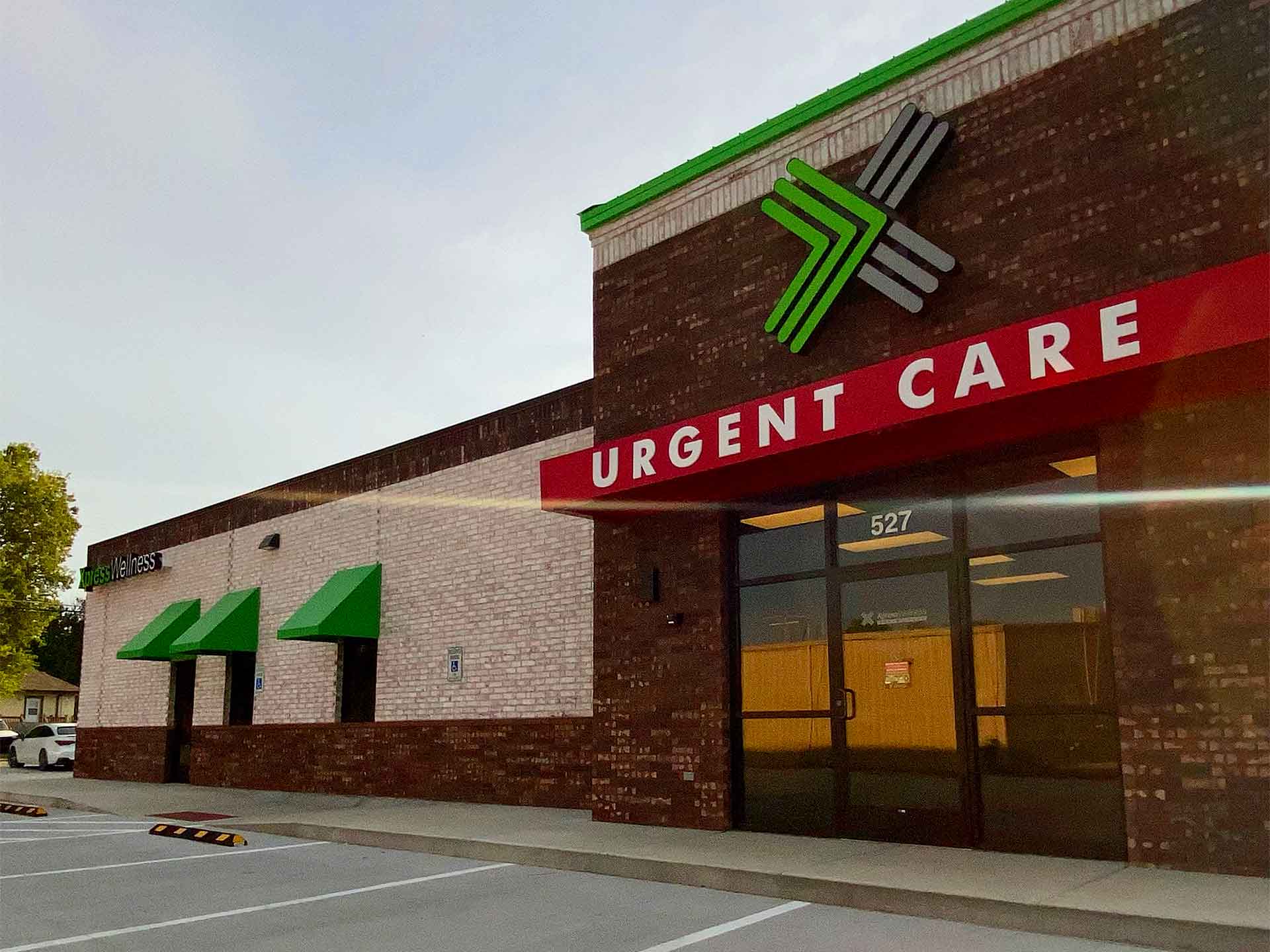The Significance of Urgent Care Centers in Connecting the Gap Between Primary Treatment and Emergency Services
Urgent treatment centers have actually emerged as a crucial element of the medical care landscape, effectively dealing with the critical demand for prompt clinical attention without turning to emergency solutions. By giving look after non-life-threatening problems, these facilities help to relieve the problem on emergency spaces and enhance person access to prompt treatment. Their expanded hours and diverse solutions satisfy a growing population looking for alternatives to conventional medical care. Nevertheless, the progressing function of urgent treatment facilities elevates important concerns regarding their combination within the broader medical care system and the implications for patient outcomes and source allowance.
Introduction of Urgent Treatment Centers
Immediate treatment centers have actually ended up being a necessary component of the medical care distribution system, giving easily accessible medical services for non-life-threatening conditions. These facilities generally operate outdoors common workplace hours, offering individuals a choice to emergency clinic and key care setups. Clients looking for urgent treatment often present with issues such as small injuries, infections, or illnesses that call for punctual attention but do not present an immediate danger to life or limb.
Urgent treatment centers are staffed by a variety of medical care professionals, consisting of medical professionals, registered nurse practitioners, and physician aides, that are furnished to identify and deal with different medical worries. They often feature analysis tools such as X-ray machines and laboratory services, enabling them to provide thorough treatment on-site.
The establishment of urgent care facilities has actually been influenced by the boosting need for prompt clinical services in a busy society, where patients might battle to protect consultations with key treatment service providers. Consequently, these centers intend to ease congestion in emergency situation departments, enhancing total healthcare performance. Additionally, immediate care facilities often work as a bridge between health care and emergency solutions, making sure that patients get ideal care customized to their specific medical requirements.

Benefits of Urgent Care Solutions
Accessing timely medical care is a considerable benefit of immediate treatment solutions. These facilities provide immediate focus for non-life-threatening conditions, successfully reducing wait times contrasted to conventional emergency divisions. Patients seeking take care of minor injuries, illnesses, or urgent health worries can get treatment without the long hold-ups typically related to health center sees.
One more secret advantage is the extensive hours of operation. Many urgent care centers are open evenings and weekend breaks, fitting individuals that may not be able to see their health care service provider during common workplace hours. This versatility makes urgent care an accessible option for those with active timetables or abrupt wellness problems.
Additionally, urgent treatment facilities commonly use a wide variety of solutions, consisting of analysis testing, X-rays, and basic laboratory services. This detailed method enables fast medical diagnosis and therapy, enhancing client fulfillment.
Furthermore, urgent treatment centers are commonly a lot more cost-effective than emergency clinic, making them an eye-catching alternative for people without insurance coverage or those with high-deductible strategies. Generally, immediate care services play an important duty in giving accessible, prompt, and cost effective healthcare.
Contrast With Medical Care
Generally, people commonly weigh their alternatives between immediate treatment facilities and health care providers when seeking medical focus. Both serve important functions in the healthcare system, yet they vary considerably in access, extent, and price.
Medical care companies are normally the initial point of call for individuals, focusing on long-lasting health and wellness administration, precautionary treatment, and chronic condition management. They provide connection of care, cultivating a patient-provider connection that permits for extensive health evaluations and tailored therapy strategies. Setting up a consultation can be time-consuming, typically needing days or weeks in development. Urgent Care.
On the other hand, urgent treatment centers offer immediate take care of non-life-threatening conditions that require punctual interest, such as small injuries or infections. These centers frequently run outside of conventional office hours, suiting patients who may not have the ability to see their medical care company throughout routine organization times. In addition, urgent care is generally much more cost-efficient than emergency situation space gos to, making it an attractive choice for those with restricted healthcare access.
Ultimately, while urgent treatment centers and primary treatment service click this link providers both contribute to person health and wellness, they provide to unique requirements, making it crucial for clients to establish which option ideal aligns with their scenarios.
Emergency Situation Solutions Interaction
The communication in between urgent treatment centers and emergency solutions is an essential facet of the healthcare landscape, especially when clients deal with scenarios that might escalate in intensity. Immediate care facilities serve as a bridge between health care and emergency divisions, dealing with non-life-threatening problems that require immediate focus. This partnership anchor boosts individual end results and optimizes resource allocation within the healthcare system.
When individuals present with not life-threatening however immediate concerns, immediate care facilities can efficiently handle their requirements, alleviating blockage in emergency rooms. When a client's problem exceeds the extent of urgent care therapy, Facilities furnished with analysis capacities can promote prompt referrals to emergency solutions. This seamless interaction helps make sure that individuals obtain the suitable level of care without unneeded hold-ups.
In addition, reliable interaction in between immediate treatment providers and emergency services is important. Sharing client information and treatment histories fosters coordinated treatment, decreasing the risk of repetitive tests and procedures. As healthcare remains to advance, the vibrant partnership between immediate treatment facilities and emergency services will certainly play an essential role in enhancing person care efficiency, contentment, and overall health end results within the community.
Future of Urgent Treatment Facilities
As healthcare needs progress, the future of urgent treatment centers is positioned to become significantly essential to the total medical ecosystem (Urgent Care). These facilities are most likely to increase their functions by incorporating sophisticated technologies, such as telemedicine, synthetic knowledge, and electronic health and wellness document assimilation. This will improve individual gain access to and streamline care coordination in between urgent care, key treatment, and emergency solutions
Furthermore, immediate care centers are anticipated to expand their service offerings to include preventative care and persistent illness management. This shift will place them as vital elements in managing populace wellness, reducing the concern on emergency situation divisions, and resolving spaces in health care accessibility.
The expanding fad of value-based care will certainly further increase the makeover of urgent treatment facilities, motivating them to focus on client end results and complete satisfaction. Facilities might additionally take on collective method versions, over at this website working closely with specialists and health care providers to make certain comprehensive client administration.
Final Thought
In conclusion, urgent care facilities serve an important function in the health care system by supplying prompt accessibility to therapy for non-life-threatening conditions, properly minimizing stress on emergency situation solutions. Their extended hours and diverse series of services enhance patient ease and satisfaction, while also ensuring proper treatment delivery. As healthcare requires proceed to evolve, the role of immediate care facilities will likely end up being significantly significant, additional bridging the space between health care and emergency situation solutions.
The establishment of urgent treatment centers has actually been affected by the enhancing need for prompt medical solutions in a hectic society, where people might battle to secure consultations with key treatment providers. In addition, urgent treatment facilities typically offer as a bridge between main treatment and emergency solutions, guaranteeing that people receive suitable treatment tailored to their specific clinical needs.
Several urgent treatment facilities are open nights and weekend breaks, accommodating people who may not be able to visit their key treatment service provider throughout conventional workplace hours (Urgent Care). As healthcare proceeds to develop, the dynamic connection in between immediate care facilities and emergency situation solutions will play a crucial duty in enhancing client care effectiveness, complete satisfaction, and overall wellness results within the neighborhood
